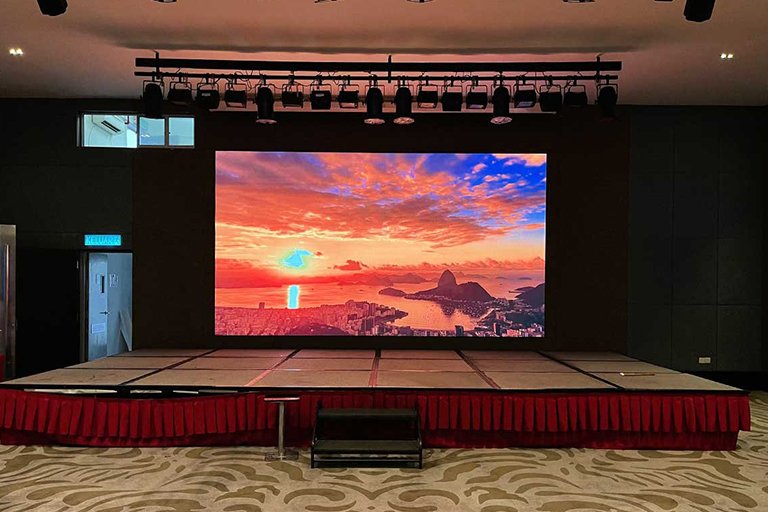In today' ;s fast-paced aesthetic world , LED Display Company are becoming a go-to answer for giving high-impact digital content. Whether applied for stay activities, corporate settings, or retail surroundings, LED surfaces offer an impressive mixture of degree, illumination, and versatility. If you're exploring this engineering, here's everything you have to know to get started.

What Is an LED Wall?
An LED wall is a large display area made up of numerous LED systems effortlessly tiled together to create one continuous screen. These sections contain numerous light-emitting diodes (LEDs) that create bright, vibrant images. Each diode produces red , green, or blue light, which combine to form full-color visuals.
Unlike traditional monitors, LED surfaces are maybe not constrained by size or shape. They can be built to fit a wide range of configurations—from small interior configurations to massive outdoor displays.
Where Are LED Walls Used?
LED walls are used across different industries for different purposes, including:
Stay events and concerts
Deal shows and exhibitions
Retail exhibits and advertising
Corporate displays and lobbies
Broadcast companies and get a grip on rooms
Their versatility makes them perfect for any application that needs a strong, eye-catching visual experience.
Key Features and Benefits
LED walls provide many benefits that set them aside from other screen technologies:
Seamless looks – With no bezels between cells, content appears constant and smooth.
High lighting and contrast – Perfect for both interior and outside use , even in brilliant lighting.
Modular style – Simply tailored to fit different shapes, shapes, and resolutions.
Longevity and endurance – Created to execute easily over long times, even in demanding environments.
Easy maintenance – Panels can be served independently, reducing downtime.
What to Consider Before Installation
Before purchasing an LED wall, consider facets such as pixel frequency (the distance between LEDs) , viewing range , installation place , and material wants.A smaller pixel pitch indicates larger solution, which will be ideal for close-range viewing. Meanwhile, outdoor installations need weather-resistant cells with higher lighting levels.

Final Thoughts
LED walls have changed the way visual material is delivered, supplying a dynamic and scalable option for modern communication. As technology improvements, these features continue steadily to evolve—giving countless possibilities for creativity, advertising, and audience engagement.
